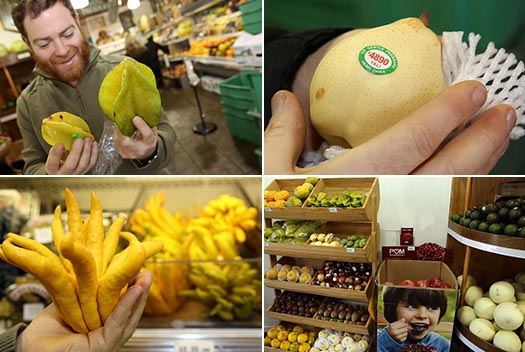
Tu B’Shvat Fruits Hail from Remote and Exotic Places
Can you tell a difference between a Taiwanese and American Star Fruit? Did you know that Ugli fruit hail from Jamaica? Or that Dragon Fruit and Rambutans are grown in Vietnam? Shloime Klein of Mr. Greens showed us just how far some of these exotic fruits that we seek out for our blessings of Shehechayanu on the New Year for Trees.
Chabad.org writes: Tu B’Shevat, the 15th of Shevat on the Jewish calendar—celebrated this year on Shabbat, January 26, 2013—is the day that marks the beginning of a “new year” for trees. This is the season in which the earliest-blooming trees in the Land of Israel emerge from their winter sleep and begin a new fruit-bearing cycle.
We mark the day of Tu B’Shvat by eating fruit, particularly from the kinds that are singled out by the Torah in its praise of the bounty of the Holy Land: grapes, figs, pomegranates, olives and dates. On this day we remember that “man is a tree of the field” (Deuteronomy 20:19), and reflect on the lessons we can derive from our botanical analogue.
In honor of the trees ‘new year’ Mr. Greens sought out some of the most exotic and even bizarre fruit for the benefit of their customers.
This year we were shown how most of these fruits are grown in exotic and remote places.






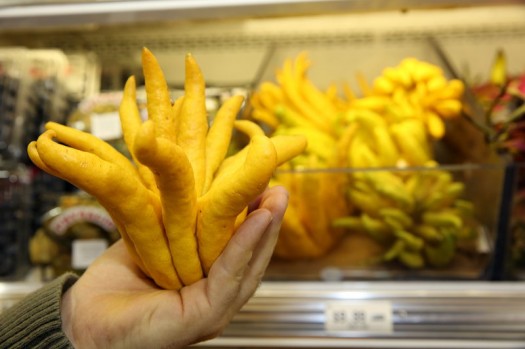
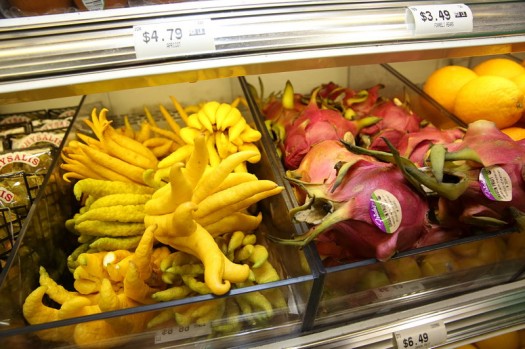
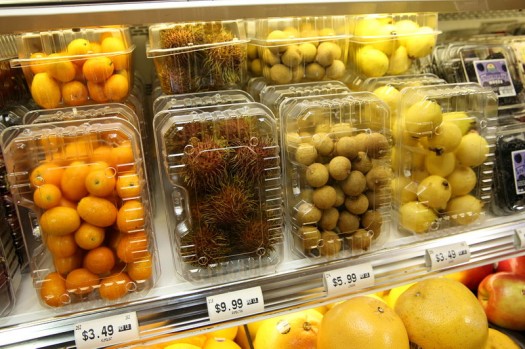
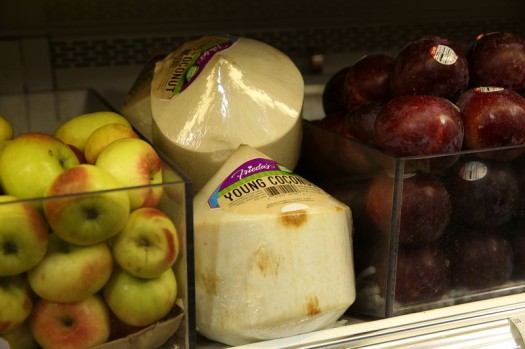

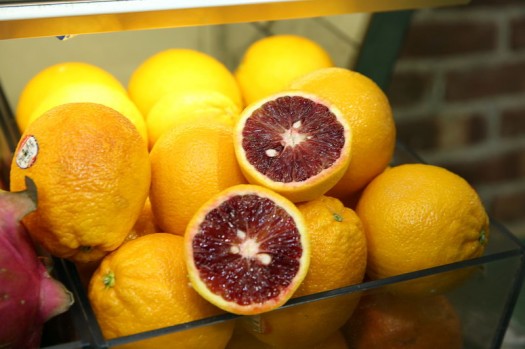

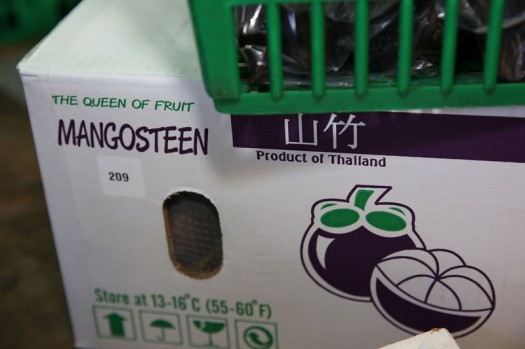
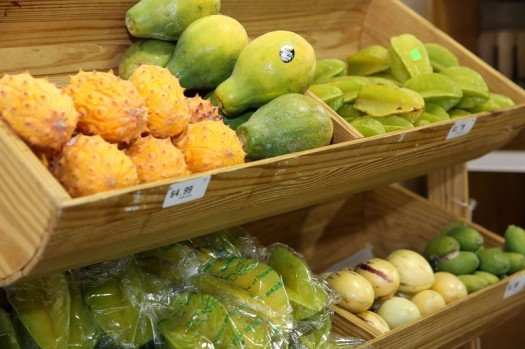
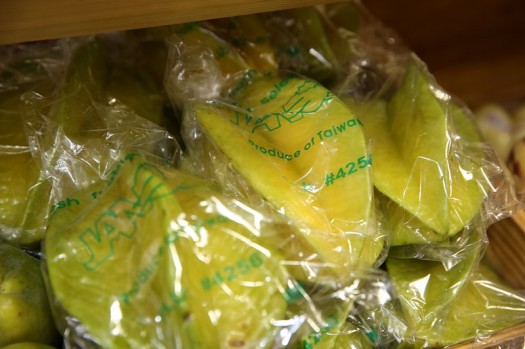
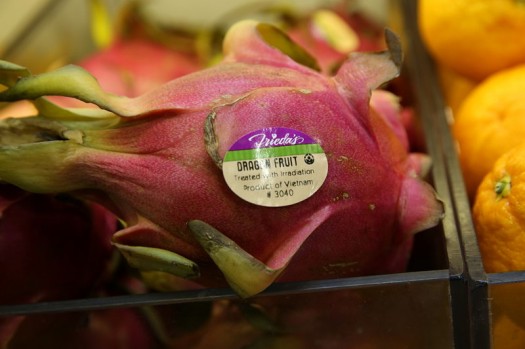
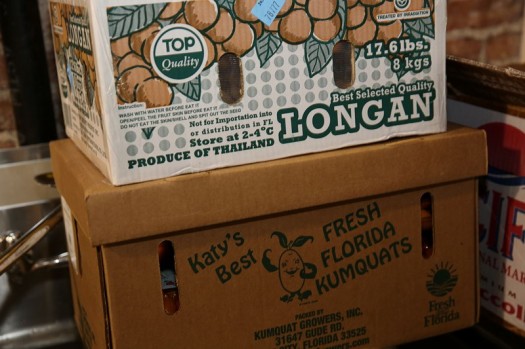
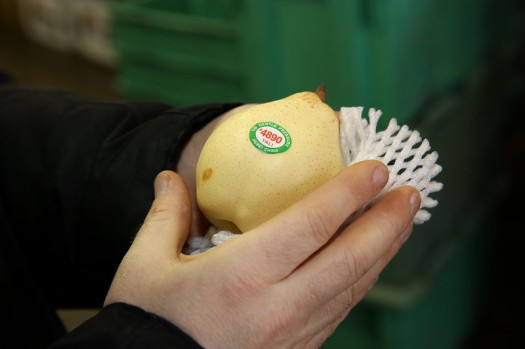
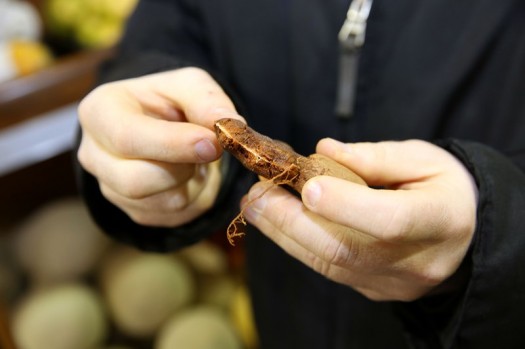
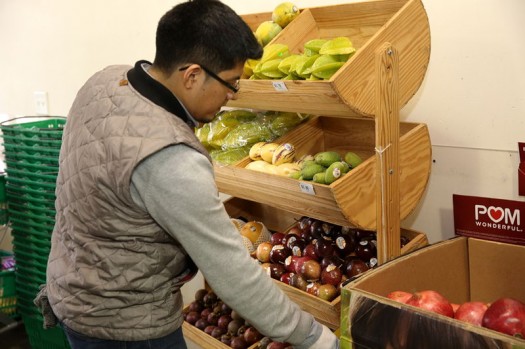















19
best fruit store in ch!
anonymous
I’ve had all of these fruits before in Florida
A fan of Shmully!
We love you Shmully Brummel!!!
He exemplifies what is means to have CUSTOMER SERVICE!!!
I second the motion
Shmully is really great!
Milhouse
Don’t eat mangosteen while wearing good clothes; the purple stain is impossible to get out.
wow!!!!!!
Exciting! cant wait til TuB’shevet!!
Shmully
You are the one who keeps customers coming back
intressting fruit
What The Name Of The Fruits In Picture 6 And 7?
Havent Seen Those In China Town
Milhouse
#6 looks like it might be a feijoa.
#7 and #8 are “Buddha’s Hand”, which is a kosher esrog.
declasse' intellectual
But #2, this is Jewish area of Brooklyn where culinary tastes pre date the cave man era. After all, there are many today who believe that salt is the only spice to be used becauseit is the only kosher spice available, the height of culinary decadance is a boiled potato and a lice of the tasteless blob dubbed gefilte fish which is nothing but tasteless filler. I can say this beczause I have worked in numerous kosher restraunts and the eating taste leaves everyting to be desired. And, at all these fancy catered high price affairs, potatoes with certain food is soo uncouth!!!!!!
Eretz Yisrael
Missing all the delicious dried fruit in eretz yisroel!!!
abe
is there an inyan to say shehecyanu on 15 shevath?
i tough we suppose to eat Israel’s friuts
exotic fruit a for R”H
A Russischer in Mizrach
Feijoa it is – the national fruit of Gruziya. You would not see it in Chinatown – it is unknown in the Far East. Tastes good, especially when sprinkled with sugar.
That dragon fruit is chosen for export to look good rather than taste good – the bigger ones are better. Those starfruits, on the other hand, are amazingly large. Longan and mangosteen both taste similar despite the way they look, and rambutan and lychee have the same taste.
The Sicilian blood orange is the one you need to keep away from your white shirt and tzitzis. I’ve had only a couple of mangosteens, but you’d have to be a real klutz to mess up your shirt when taking the white fruit out of its thick peel.
Milhouse
Feijoas in Gruzia?! Who’d’a thunk it? It doesn’t have a strong taste, but it smells great, so it’s a bit like rose water in that sense.
Dragon fruit is basically water. It’s a cactus fruit, like sabra, but barely sweet.
The mangosteen fruit is white, but the peel is purple and stains easily. Just be careful if you’re wearing nice clothes.
Colorado
I use most of these to make cocktails! After you’ve said your bracha, slice it up and muddle it in a glass. Add some vodka and soda water or sparkling wine. Maybe a squeeze of lemon or lime too. YUM!